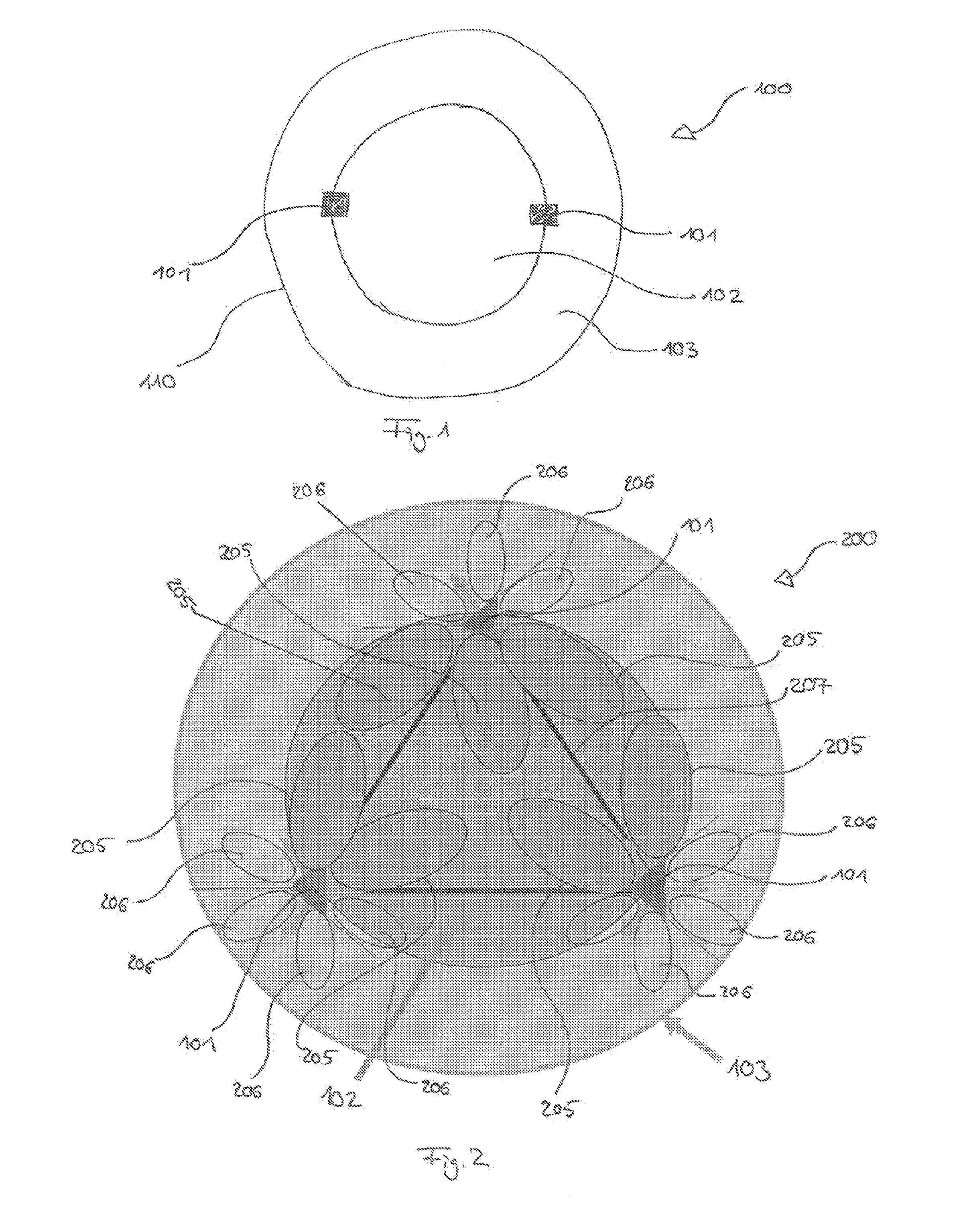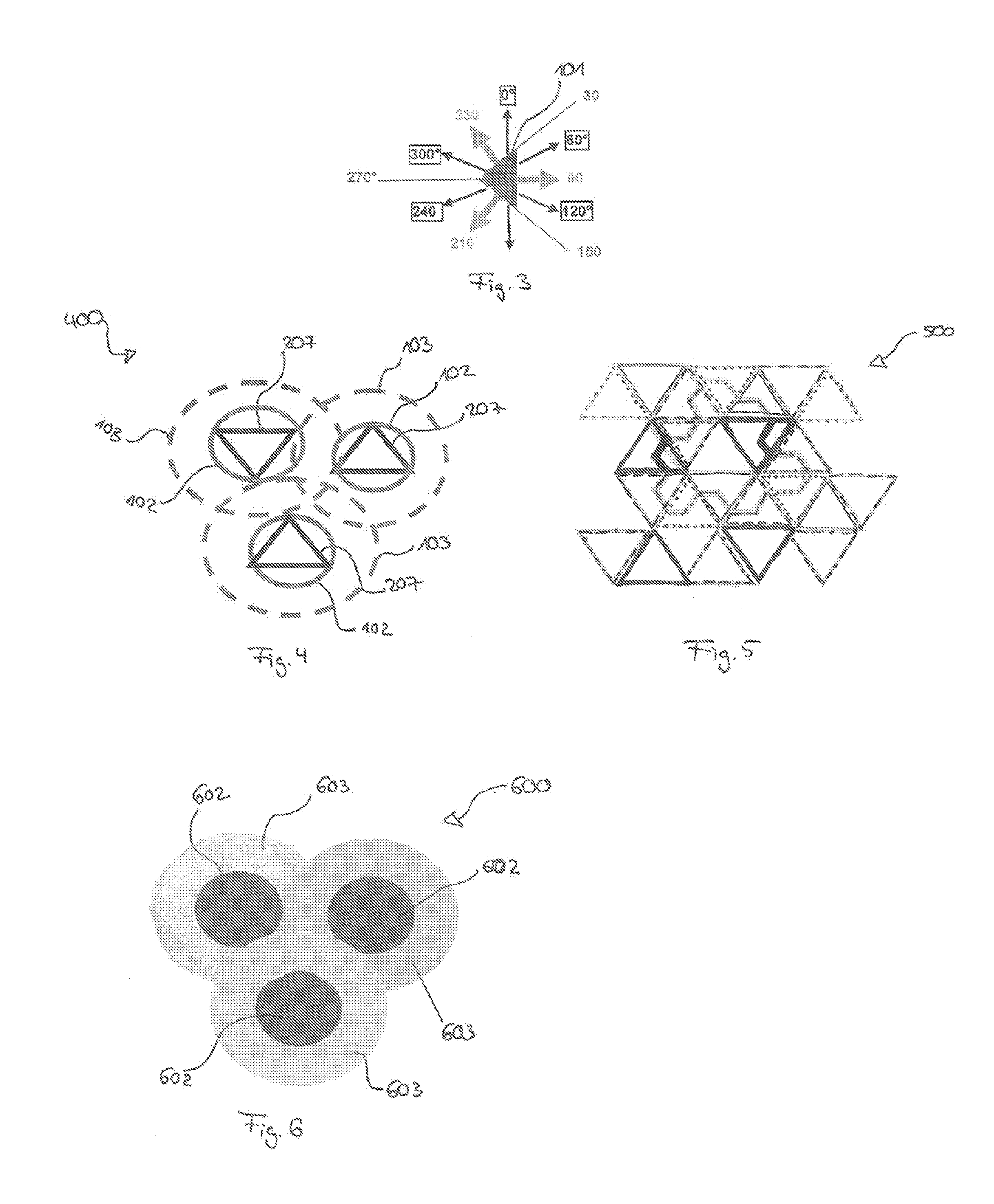Configuring Power Distribution Within Cooperation Areas of Cellular Communication Networks
a technology power distribution, applied in the field of cellular communication network, can solve the problems of inability to achieve, practicable inability, and interference, and achieve the effect of reducing interference, less power, and more power
- Summary
- Abstract
- Description
- Claims
- Application Information
AI Technical Summary
Benefits of technology
Problems solved by technology
Method used
Image
Examples
Embodiment Construction
[0060]The illustration in the drawings is schematic. It is noted that in different figures, similar or identical elements are provided with the same reference signs or with reference signs, which are different from the corresponding reference signs only within the first digit.
[0061]In the following, embodiments of the herein disclosed subject matter are illustrated with reference to the drawings and reference to aspects of current standards, such as LTE. However, such reference to current standards is only exemplary and should not consider as limiting the scope of the claims.
[0062]Embodiments of the herein described subject matter lie in the field of mobile radio system concepts like LTE, LTE-A and its evolution. Such systems may deal with the case of joint precoding coordinated multi point (JP-CoMP) transmission. There has been a CoMP study item (SI) for LTE Rel 10, but without clear conclusion a remarkable system level gain could be found only for very complex system setups. A new...
PUM
 Login to View More
Login to View More Abstract
Description
Claims
Application Information
 Login to View More
Login to View More - R&D
- Intellectual Property
- Life Sciences
- Materials
- Tech Scout
- Unparalleled Data Quality
- Higher Quality Content
- 60% Fewer Hallucinations
Browse by: Latest US Patents, China's latest patents, Technical Efficacy Thesaurus, Application Domain, Technology Topic, Popular Technical Reports.
© 2025 PatSnap. All rights reserved.Legal|Privacy policy|Modern Slavery Act Transparency Statement|Sitemap|About US| Contact US: help@patsnap.com



